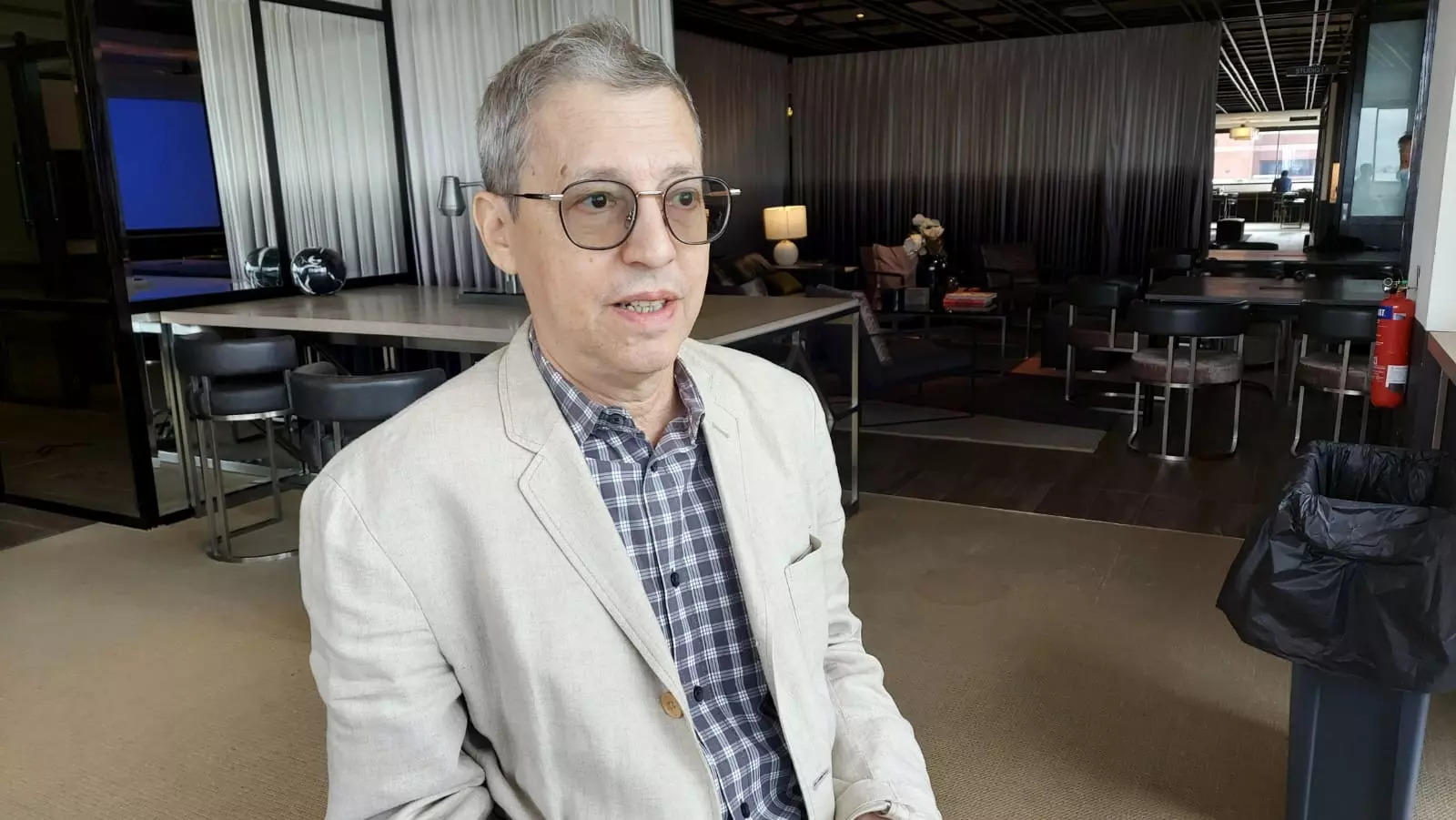Blockchain co-inventor Stuart Haber says his technology could improve transparency and security in banks, CFO News, ETCFO


Stuart Haber, the co-inventor of the blockchain, says that some information with banks should be available to regulators, the public and anyone who looks at a bank’s records. They must be sure that they are actually looking at the real things, where blockchain can help, he tells ETBFSI in an interview at the Singapore Fintech Festival. Haber’s work has bridged the gap between pure research and practical cyber security during a 30-year career spent both at large established companies such as Hewlett Packard Enterprise, HP Labs and Bellcore, as well as at startups such as InterTrust and Surety – which in 1995 deployed the world’s first commercial blockchain he founded with his co-inventor, Scott Stornetta.
How do you start working with the blockchain?
Stewart: We will. Stornetta and I set ambitious goals to preserve the world. In 1989, when he first came to Bellcore, I’ve been there a couple of years, and he said, ‘I’ve got this big problem. How do we ensure the integrity of records? In 1989, the world did not look like it does now. When I started in 1987, a lot of people didn’t even know what an email address was, but at least it was clear that all the world records were going online and digital files are so easy to change. We were concerned about the human record. Therefore, it took a while before the solution was adopted, but there is a reason why it is being used. It works and we were lucky enough to be there early, early to ask the question, how to do this and come up with a design.
READ ALSO: The Polycrisis and the Future of FinTechs: View from the Singapore FinTech Festival.
What would be a good use of blockchain for the banking and finance sector?
The technology of records. That is the most important thing, transparency too. There is a lot of information stored in a bank that should not be public. But there is probably some information that should be available to regulators and to the public and anyone who looks at the records of a bank. For example, they should be able to be sure that they are actually looking at the real thing.
Blockchain is mostly used aggressively for cryptocurrencies right now. Did you create it specifically for cryptography or did you think it would be a research for the whole segments like banking and finance?
We designed it with the general to handle registrations of all kinds of things. We spun off a company called Surety to provide what we call digital timestamping services and digital integrity of records services. We envisioned all kinds of applications. Our ambitions were quite modest, but the company convinced a large institution to use our ideas. They also use the software. Making things work seamlessly with what they already do now.
Considering the whole blockchain craze, one of the CTOs said that it is a military type of technology. Can you go back 30 years and tell us what you thought then, especially about blockchain and why it was necessary to write this code then?
Some cryptographic tools, not quite in widespread use but quite standard in the world of cryptography, could solve problems, but it required trusting the essential entity as a registrar of records. That solution, while it worked, was unsatisfactory to us because for a single institution or entity it would depend on, there is a single point of failure. So we wanted to design a solution that didn’t require a single centralized entity, and we had a lot of trouble doing that, given my own mathematically trained background, I told Scott that we might not be able to solve it, but then we ended up with to find a solution that finally worked. Actually, a couple of different solutions worked, and one of them was exactly the blockchain data structure, the other solution involved a random selection of parties to validate things, and that’s now in use in many blockchain systems.
How do you see the use of blockchain after 30 years?
An opinion or value like this takes it everywhere. Go out on the street and people have heard about it because a lot of money was made. It’s not everywhere in actual use with businesses and institutions completely dependent on it, but I think it’s coming.
The central banks looked at blockchain with a different lens because it was used in the crypto world for their dark intentions. Do you feel that a great ecosystem is being badly abused?
No, it has not been misused, every tool can be put to good and bad use. For example, we understand each other as we can speak English, so we can make good or bad plans using English. So by the same token, blockchain is just another tool that can have good uses or bad uses.
Moving on, do you think central banks or regulators look favorably on blockchain?
Yes, it can certainly be used to enable transparency and security in the systems.























